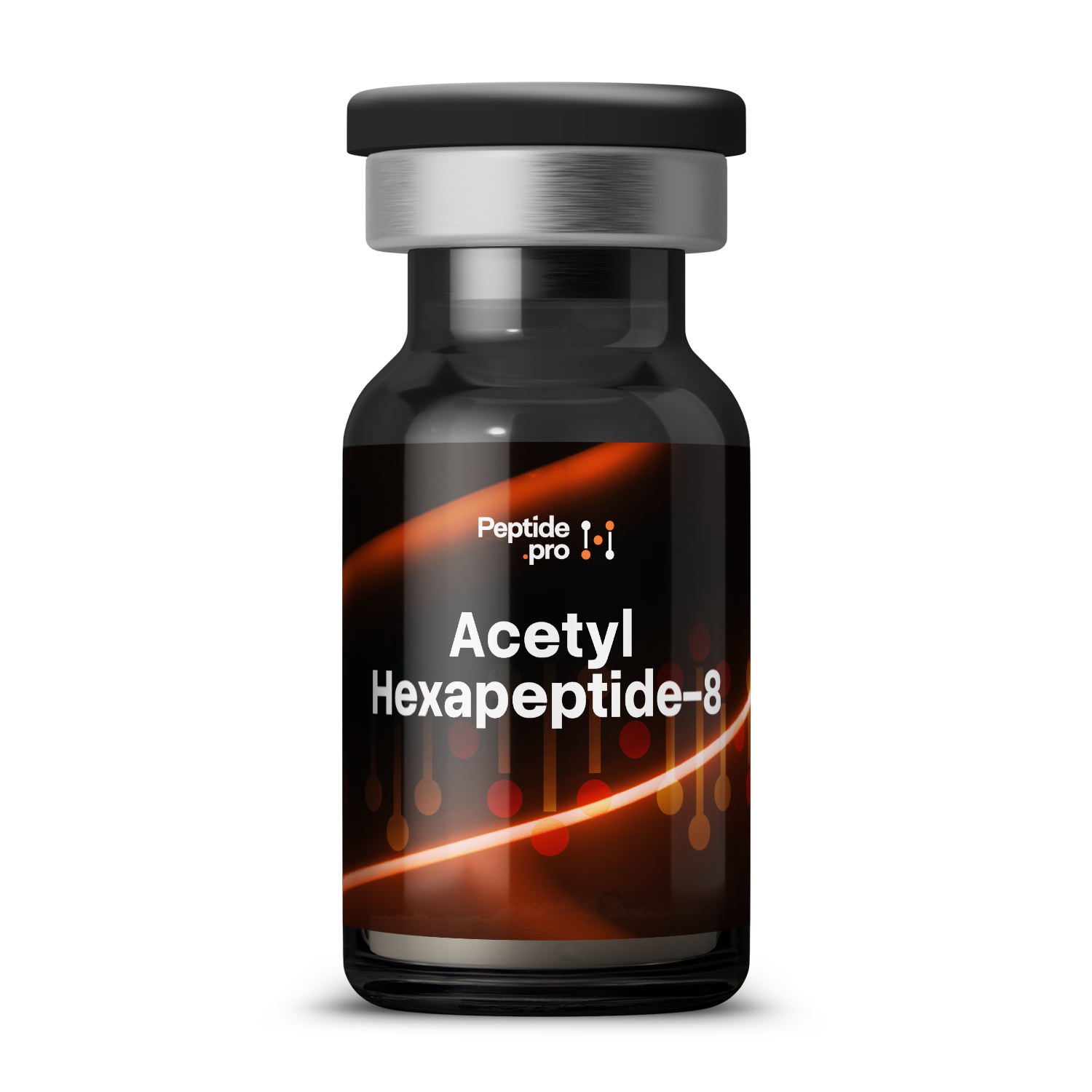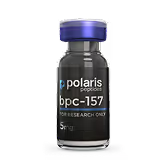Acetyl Hexapeptide-8
Acetyl Hexapeptide-8 is a lab-made six–amino-acid chain designed to relax tiny facial muscles and smooth fine lines. When applied in creams or serums, it helps reduce the appearance of wrinkles by gently lessening muscle contractions under the skin. It’s a popular non-invasive ingredient in anti-aging skincare.
Compound Overview
About the product
This hexapeptide has the sequence Ac-Glu-Glu-Met-Gln-Arg-Arg-NH₂, where “Ac” denotes an acetyl group at the N-terminus and “NH₂” indicates C-terminal amidation. The acetylation and amidation increase its stability and permeability in skin tissue. It contains only natural amino acids with these two small modifications. Purity for cosmetic-grade material is typically >98 percent, confirmed by HPLC and mass spectrometry.
Acetyl Hexapeptide-8 interferes with the formation of the SNARE complex (a group of proteins essential for neurotransmitter release) in neuromuscular junctions. By reducing release of neurotransmitters such as acetylcholine, it diminishes muscle fiber contraction under the skin. This mechanism is selective to superficial facial muscles involved in expression lines. In plain terms, it helps relax tiny facial muscles to smooth fine wrinkles.
The peptide is used primarily in anti-wrinkle skincare products. Human cosmetic studies report visible reduction in wrinkle depth and smoother skin texture after consistent topical application. Effects are most noticeable around the eyes and forehead where expression lines are common. Its performance is generally modest compared with injectable neuromodulators but offers a non-invasive alternative.
Reported adverse reactions are mild and limited to occasional skin irritation, redness, or itching at the application site. No systemic safety issues or hormonal effects have been documented in human use. Data on use during pregnancy or on compromised skin barriers are lacking. Users with sensitive skin should perform a patch test before regular application.
Acetyl Hexapeptide-8 is produced by Fmoc solid-phase peptide synthesis, adding one amino acid at a time on a resin. After chain assembly and acetylation, the peptide is cleaved and purified by HPLC to cosmetic-grade purity. Mass spectrometry confirms identity and purity. Manufacturing follows cosmetic-industry good manufacturing practices (GMP).
As a cosmetic ingredient, Acetyl Hexapeptide-8 is permitted in over-the-counter skincare formulations worldwide, subject to concentration limits set by regional cosmetic regulations. It is not approved as a pharmaceutical drug and cannot make medical claims. Cosmetic manufacturers must list it on product labels under its INCI name (“Acetyl Hexapeptide-8”).
Typical formulations contain 5–10 percent Acetyl Hexapeptide-8 in serums or creams. Products are applied once or twice daily to clean, dry skin. No formal dosing guidelines exist beyond manufacturer recommendations. Consistent use for at least four weeks is advised to assess visible effects.
- Do apply to clean, dry skin and allow full absorption before other products.
- Do use daily as part of a comprehensive skincare routine with sunscreen.
- Don’t apply to broken, irritated, or inflamed skin.
- Don’t expect effects to match those of injectable treatments.
- Q: How soon will I see results?
- A: Most users report visible improvement in wrinkle appearance after four to six weeks of daily use.
- Q: Can it replace Botox?
- A: No; its wrinkle-reducing effect is milder and slower compared with injectable neuromodulators.
- Q: Is it suitable for all skin types?
- A: Generally yes, but sensitive skin may benefit from a patch test before full-face application.
For research use only. Not approved for medical use.


